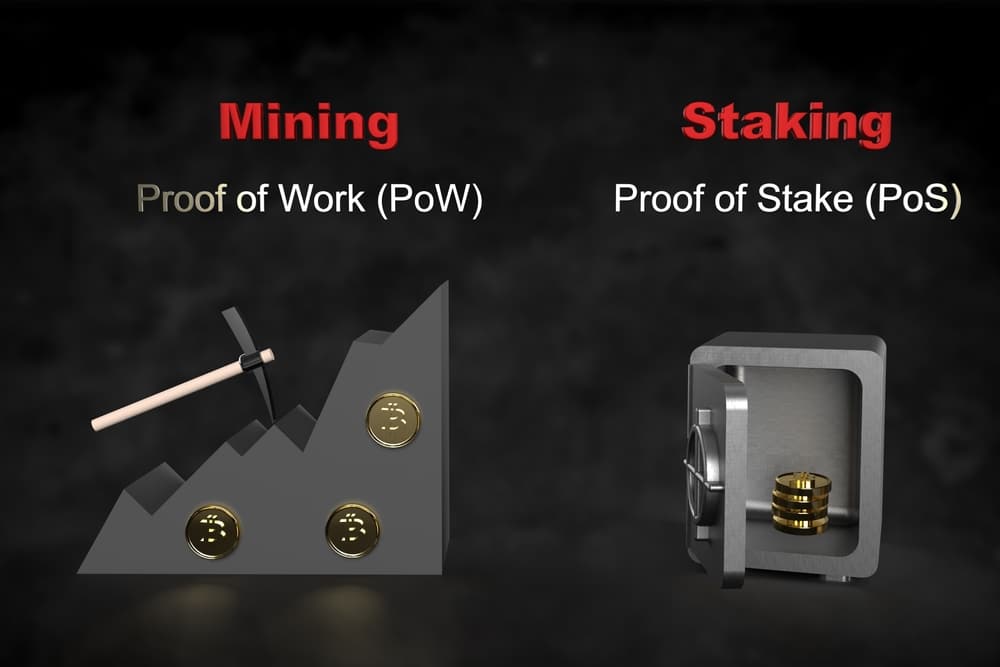Detailed Guide on Liquid Staking and its Significance

Liquid staking entails acquiring a tradable asset in return for staking a cryptocurrency in a proof-of-stake blockchain. Traditional staking confines users’ tokens until they are unstaked, while liquid staking permits users to maintain access to their staked assets’ value for utilization across decentralized finance apps as well as other web3 protocols.
How Liquid Staking Works
First, users should lock up their cryptocurrency tokens, for instance, Solana or Ether, in a platform or smart contract that supports staking. Doing this boosts the blockchain network’s consensus mechanism and security. Besides, they acquire additional tokens as staking awards. For staking tokens with a liquid staking provider, users acquire a liquid staking token (LST), a staking derivative, or a staked asset. LSTs constitute staked tokens and can be utilized as security in lending protocols. Additionally, people can trade them on several decentralized finance (DeFi) platforms.
Illustrations of Liquid Staking
Lido Finance, a decentralized platform, allows users to stake their ether and, in return, acquire a staked asset referred to as staked ETH (stETH). The staked Ether tokens represent people’s staked ETH on Ethereum. Further, this liquid staking token can be utilized across several decentralized finance applications while users still amass staking rewards.
The Block’s Data Dashboard shows that Lido is an example of a famous protocol for this kind of staking and retains a significant lead in total value locked (TVL).
Staking in Centralized Versus Decentralized Platforms
Crypto exchanges such as Binance and Coinbase offer famous centralized liquid staking methods. In this case, users give cryptocurrency assets to a centralized platform that serves as a curator as well as a staking operator on the users’ behalf.
Centralized liquid staking platforms provide convenience for persons who might not have the technical skills to begin liquid staking. However, it also exposes them to counterparty dangers linked to centralized platforms, for instance, mismanagement, bankruptcy, or regulatory problems.
Decentralized liquid staking protocols, for instance, Rocket Pool and Lido Finance, eradicate single failure points. Users retain control of their assets and are not required to trust centralized mediators. Nevertheless, users might be needed to possess web3 technical skills, such as an understanding of smart contracts or decentralized protocols. Besides, users should consider factors when taking part in decentralized staking, for instance, network congestion and smart contract risks.
Conclusion
While liquid staking is crucial to the crypto ecosystem, it is critical to consider the risks involved. In particular smart contracts are utilized by liquid staking platforms to provide staking derivatives or staked assets that are vulnerable to risks including bugs and exploits.
Besides loss of staked tokens, staking translates to less governance rights. Staking tokens on liquid staking platforms can result in users surrendering some rights linked to their tokens in on-chain governance protocols. This may limit people’s capability to be a part of the network governance decisions.
Zone Crypto Invest provides exposure for numerous crypto businesses, and we invite you to join our community! Connect with us through our Telegram chat for any questions. Given the volatile nature of cryptocurrencies, always conduct thorough research before investing. Many articles on our website are sourced from guest writers or are paid content, and they might not reflect the views of Zone Crypto Invest's internal team. The opinions in these pieces may not always coincide with Zone Crypto Invest's stance. We do not vouch for the accuracy, quality, promotions, or any other aspects showcased on our platform. Please refer to our detailed terms of service and disclaimer for further information.








